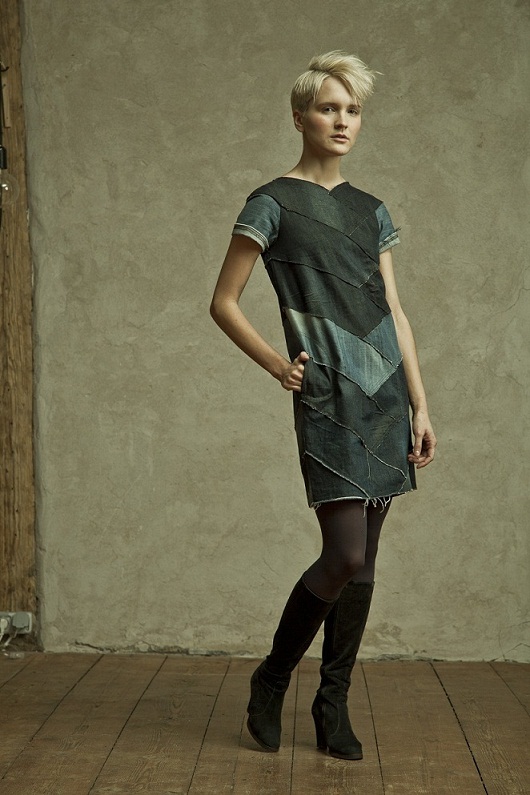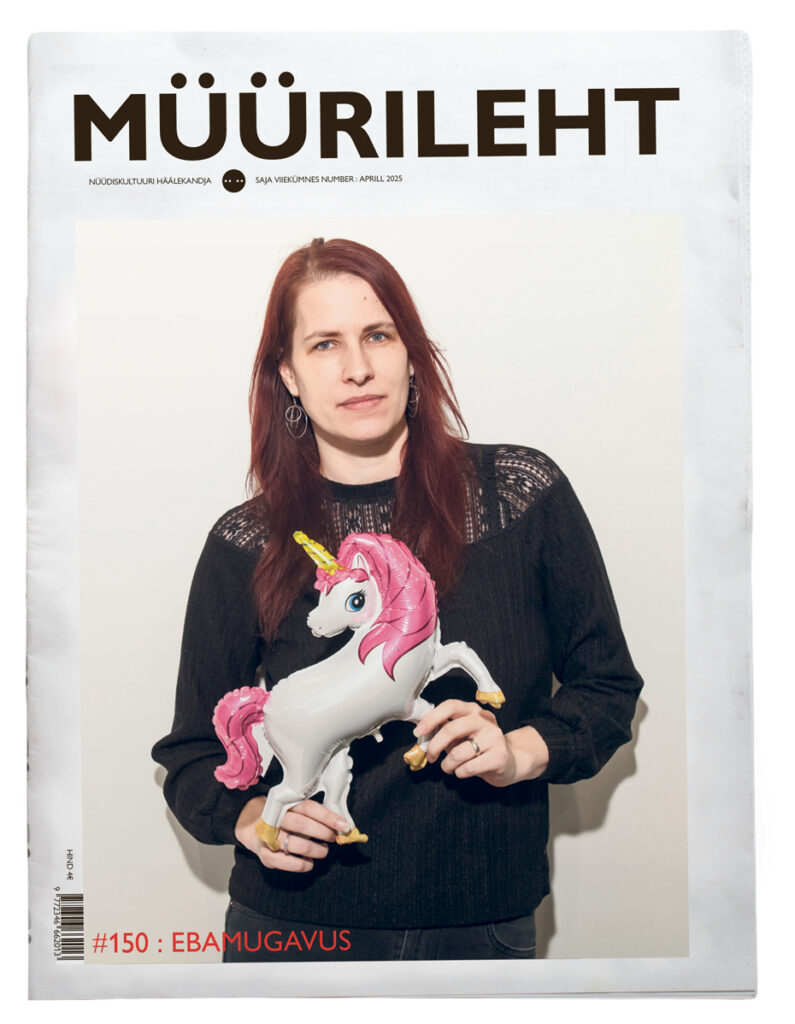Trash to Trend
Lugemisaeg 5 minwww.trashtotrend.com – a platform for recycling and redesign – creates trends through responsible design. Hereby we are opening up background of the rubric “Wardrobe” – a collaboration between Wader and Trash to Trend.
The idea for “Wardrobe” came out of wanting to put focus on valuing and respectful handling of clothes, which is actually quite usual among Estonians. I can say, based on a survey with nearly 500 participants, that compared to, say, Norway, Estonians hold on to their clothes more and use them until there is no use for them left aside from a household rag. Also, for us it is much more common to buy our clothes from second-hand shops and thrift stores. However, so far the need for reuse stems more out of the unavoidable need to save money, or clothes are kept because of the lack of reasonable options for recycling.
But why shouldn’t reuse, redesign and appreciation of material be a conscious choice, a respected value and even fashionable? Why shouldn’t we create more diverse possibilities for recycling that require little time and energy? Why shouldn’t wardrobe related services like maintenance of clothes, repair, redesign etc be as attainable as a latté to go or high street boutiques? Why can’t fashion magazines focus more on reworking garments and putting together outfits out of old clothes instead of introducing new trends and brands? For example, recently I found a great tutorial on Pinterest on how to make an old T-shirt into a fashionable waistcoat in just a snip of the scissors.
Appreciation for attainable materials and bettering options for reuse is a goal that www.trashtotrend.com works for and it is also where the idea for “Wardrobe” came out of. Although, the visual for this website at the moment is not much different from a regular webshop, the creator behind the idea is Reet Aus – Estonia’s first Phd in fashion. In her thesis she focused on upcycling – reuse in the industry – presenting also practical work in the field. Trash to trend is not about creating original design out of materials uselessly lying around and selling it for profit. It’s about sustainably utilizing waste that the clothing industry produces to help solve related environmental issues. The website seeks to create an outlet offering information about materials that have no current use, but also circulating ideas about possible uses for such materials – a place where the consumer can buy readymade products, but also sketches for designs with actual patterns that can be used to make something out of locally discarded materials. Hence the slogan: “Sharing design globally for upcycling materials locally”.

Will this great idea move to the next level and when, remains to be seen, because it is also a backdrop for other interesting things. For example, the end of January saw the release of Reet Aus’s new collection which was the first of its kind – utilizing large quantities of uprocessed by-products of the clothing industry through recycling. This is what sensible recycling is about – using already existing materials and thus reducing the need for processing left over materials. Laws pertaining to the handling of waste in Estonia, but also EU directive for waste and other international guidelines draw attention to sensible recycling as the most desirable solution. In practise, however, it is rare that such large-scale recycling is employed, as it is complicated and offers little profit – it is more profitable to just use waste as a fuel.
Regardless, a shift in high street clothing production is evident – clothes makers are now in a race to beat rivals to being the first to offer environment-friendly products. Part of this so-called race is also various innovations like new fabrics (from nettle, lactose proteins, recycled fibres etc), new methods of processing to aid garments in standing up to the test of time, but also to aid recycling, transparent production with social projects in developing countries etc. It is a barely noticeable change for the consumer, because most of the ideas do not actually reach the market or only reach those who are actively looking for such solutions. There are no radical changes yet as the industry mainly hides behind the excuse that consumers are not ready yet to pay more for an eco-friendly product as sustainability is inevitably expensive. The current highly profitable model of buy-more-pass-it-on-quickly will probably remain intact as the cost of resources rises, until somebody can finally execute a somewhat radical change and bend the rules of the game.
It is clear that the clothing and textiles industry is one of the biggest that has a (hidden) influence on the environment, but which is described also as an industry where actual decision-making power is held by the consumer. In conclusion, radical changes can only happen if a satisfactory amount of consumers participate. What we all can do to help minimize the effect the industry has on the environment, is to reduce the amount of waste by sensibly recycling materials.
